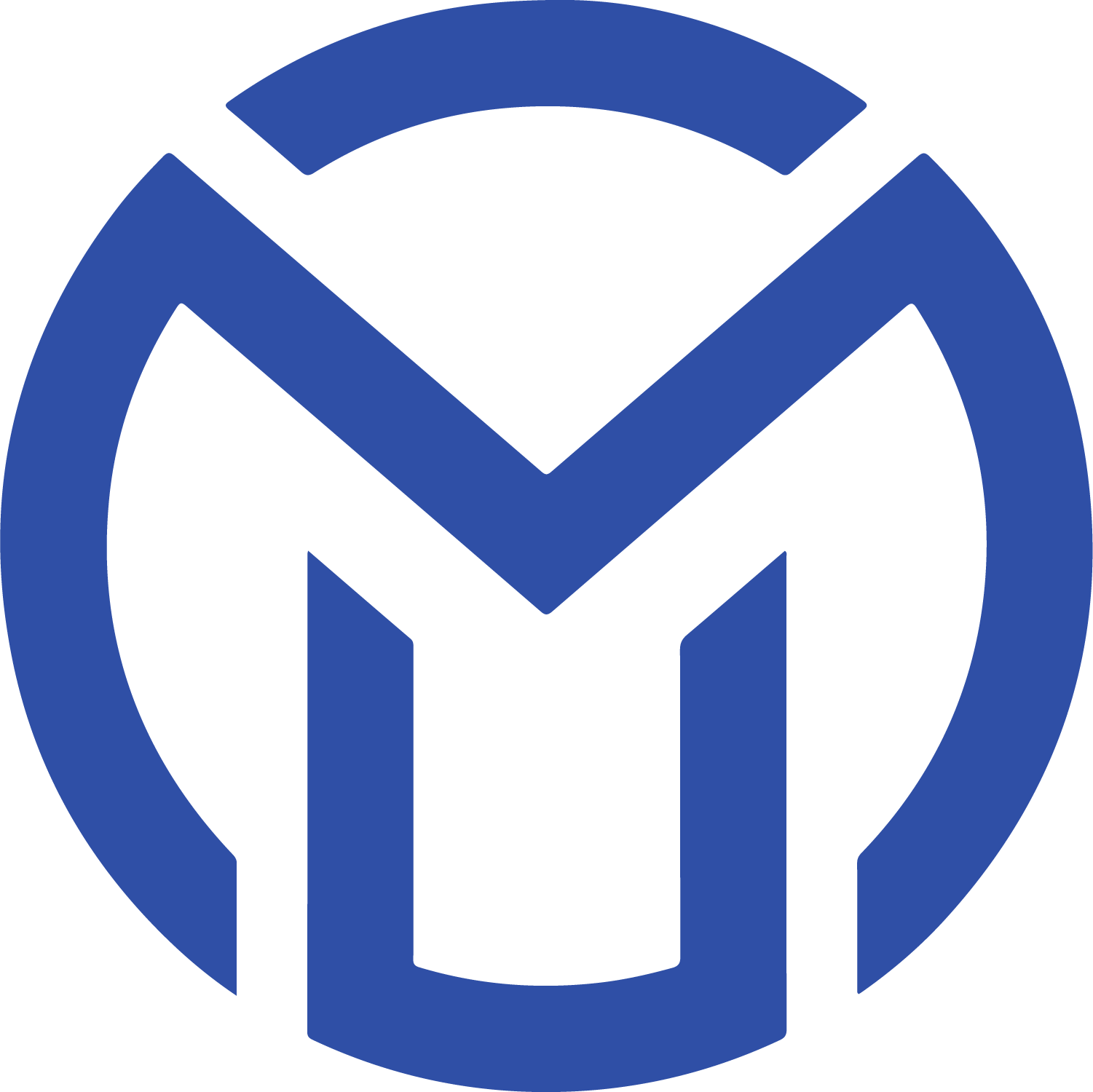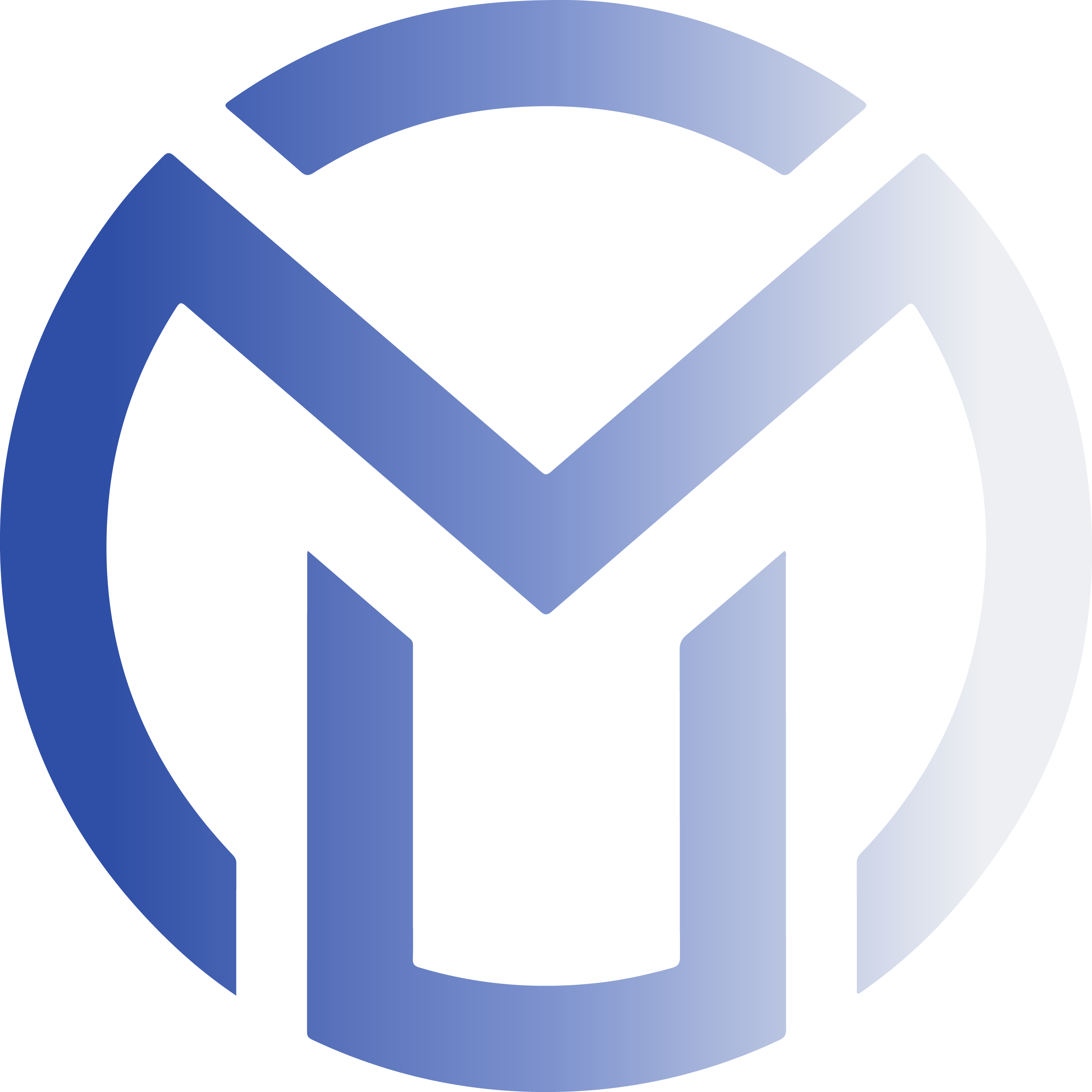Assess for lower lumbar radiculopathy or sciatic nerve irritation through elongation of the sciatic nerve.
- SLR
- Passive Straight Leg Raise
- Passive SLR
- Lasegue’s Test
- Lasegue’s Sign
- Low back pain with unilateral radiation of symptoms to the posterior thigh, calf, or foot
- Symptoms may include pain, tingling, or numbness
Patient Position
- Supine
Examiner Position
- Standing at the side of the affected leg
Steps of Performance
- With the knee fully extended, slowly lift the affected leg into hip flexion observing for the recreation of radiating symptoms down the affected leg
Alternative Methods
During hip flexion, the sciatic nerve is stretched around the sciatic notch and along the posterior leg. Any irritation to the sciatic nerve or the nerve roots that feed into the sciatic nerve will be elicited with this nerve stretch.
Generally, the sciatic nerve begins to be stressed around 30° of hip flexion. The stimulation brought about through this stretch begins to have “diminishing returns” after around 70° of hip flexion. Therefore, when performing the Straight Leg Raise, irritation to the posterior nervous structures is most likely to be elicited between 30°–70° of hip flexion. Suspicion of radiculopathy/sciatic nerve irritation should be attenuated outside of this range.
General
Positives
Recreation of nerve-type symptoms down the affected leg (between ~30°–70°)
- Radiculopathy or peripheral nerve irritation
Recreation of symptoms in a dermatomal pattern
- Increased suspicion of radiculopathy of the corresponding nerve root
Recreation or symptoms in a peripheral nerve distribution
- Peripheral neuropathy of the sciatic nerve
Pertinent Negatives
Local (non-radiating) low back pain/anterior hip pain
- local joint dysfunction, soft tissue damage, and/or muscle tension
Tension/pain along the posterior aspect of the thigh and calf
- Muscle tension
Assess for lower lumbar radiculopathy or sciatic nerve irritation through elongation of the sciatic nerve.
- SLR
- Passive Straight Leg Raise
- Passive SLR
- Lasegue’s Test
- Lasegue’s Sign
- Low back pain with unilateral radiation of symptoms to the posterior thigh, calf, or foot
- Symptoms may include pain, tingling, or numbness
Patient Position
- Supine
Examiner Position
- Standing at the side of the affected leg
Steps of Performance
- With the knee fully extended, slowly lift the affected leg into hip flexion observing for the recreation of radiating symptoms down the affected leg
Alternative Methods
During hip flexion, the sciatic nerve is stretched around the sciatic notch and along the posterior leg. Any irritation to the sciatic nerve or the nerve roots that feed into the sciatic nerve will be elicited with this nerve stretch.
Generally, the sciatic nerve begins to be stressed around 30° of hip flexion. The stimulation brought about through this stretch begins to have “diminishing returns” after around 70° of hip flexion. Therefore, when performing the Straight Leg Raise, irritation to the posterior nervous structures is most likely to be elicited between 30°–70° of hip flexion. Suspicion of radiculopathy/sciatic nerve irritation should be attenuated outside of this range.
General
Positives
Recreation of nerve-type symptoms down the affected leg (between ~30°–70°)
- Radiculopathy or peripheral nerve irritation
Recreation of symptoms in a dermatomal pattern
- Increased suspicion of radiculopathy of the corresponding nerve root
Recreation or symptoms in a peripheral nerve distribution
- Peripheral neuropathy of the sciatic nerve
Pertinent Negatives
Local (non-radiating) low back pain/anterior hip pain
- local joint dysfunction, soft tissue damage, and/or muscle tension
Tension/pain along the posterior aspect of the thigh and calf
- Muscle tension

